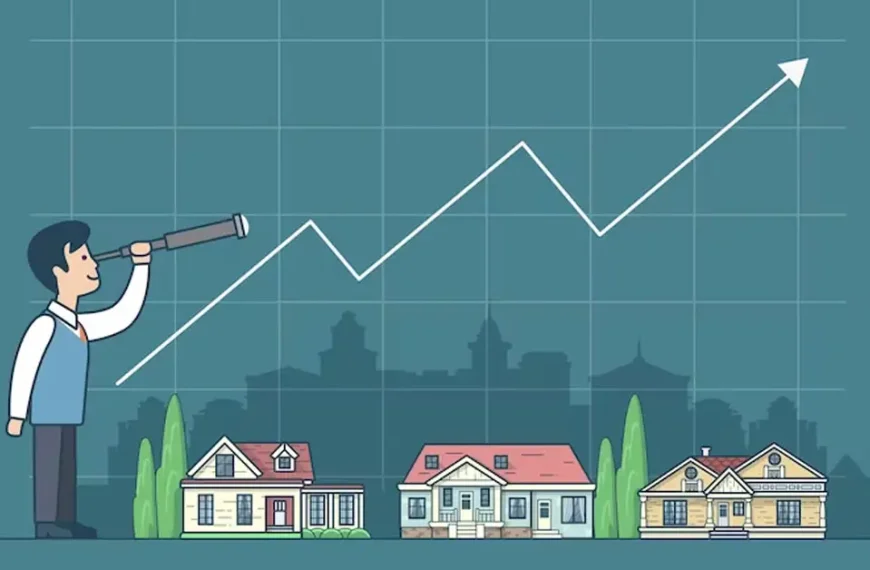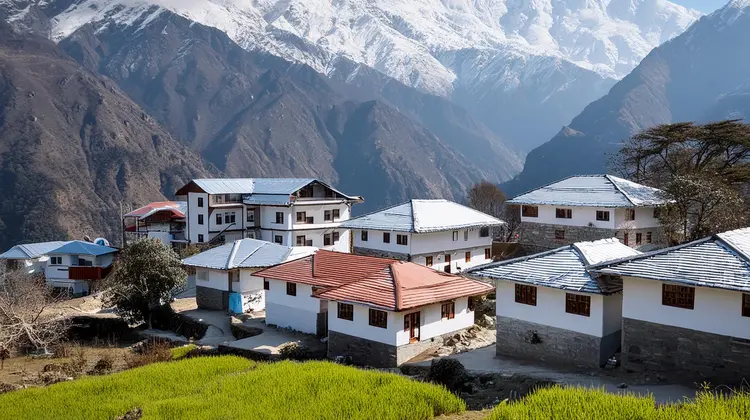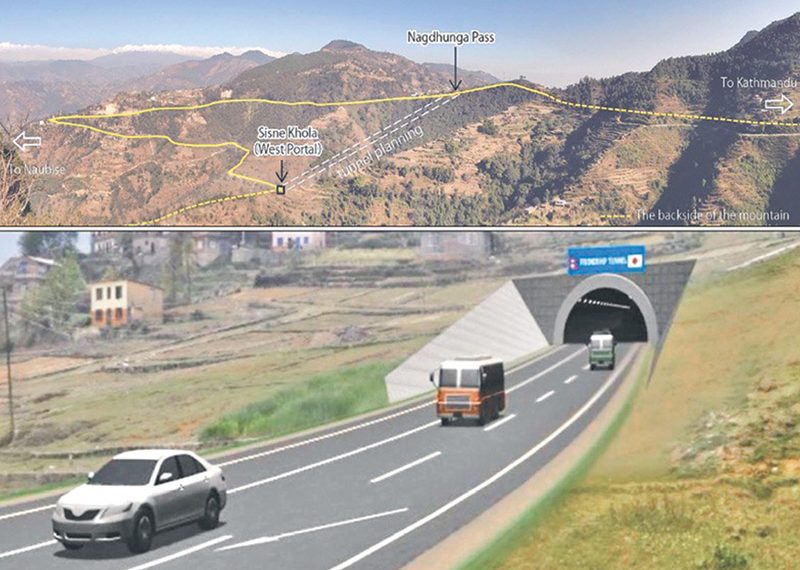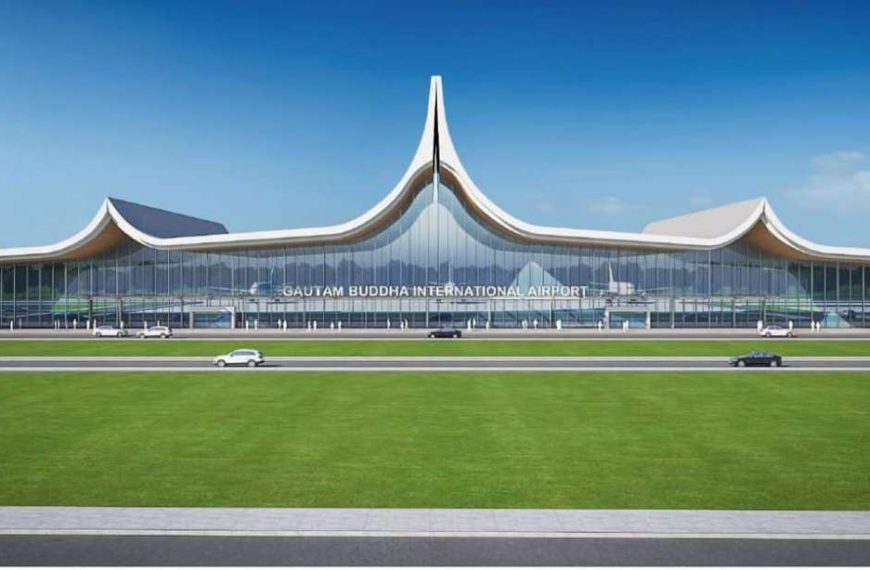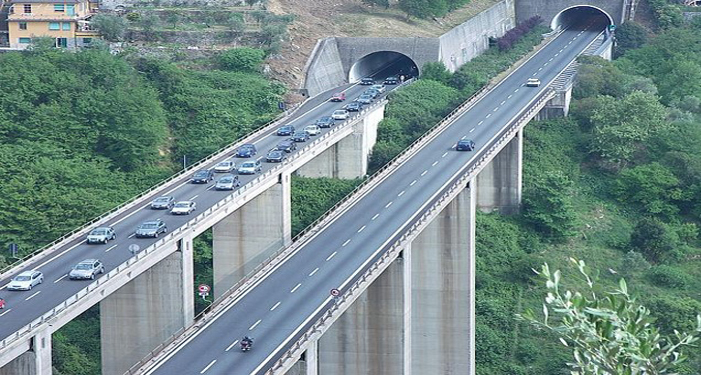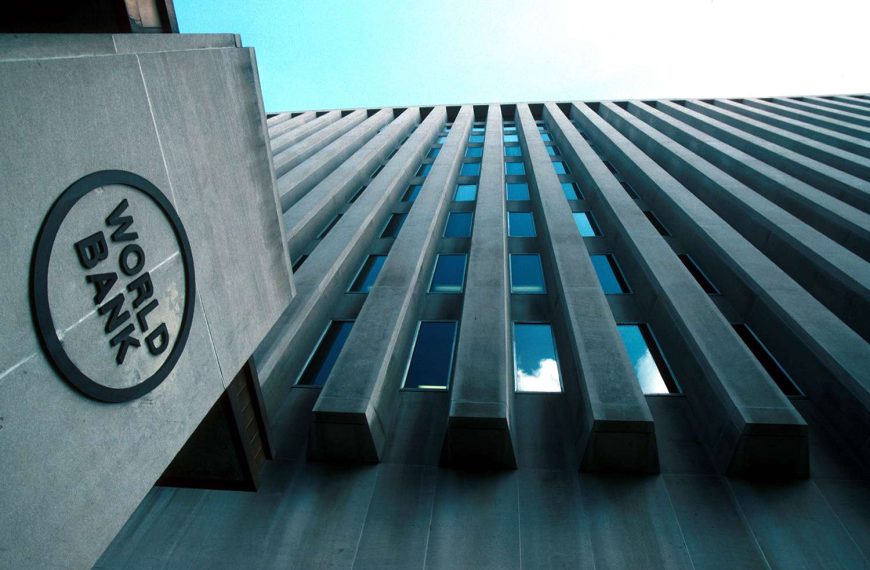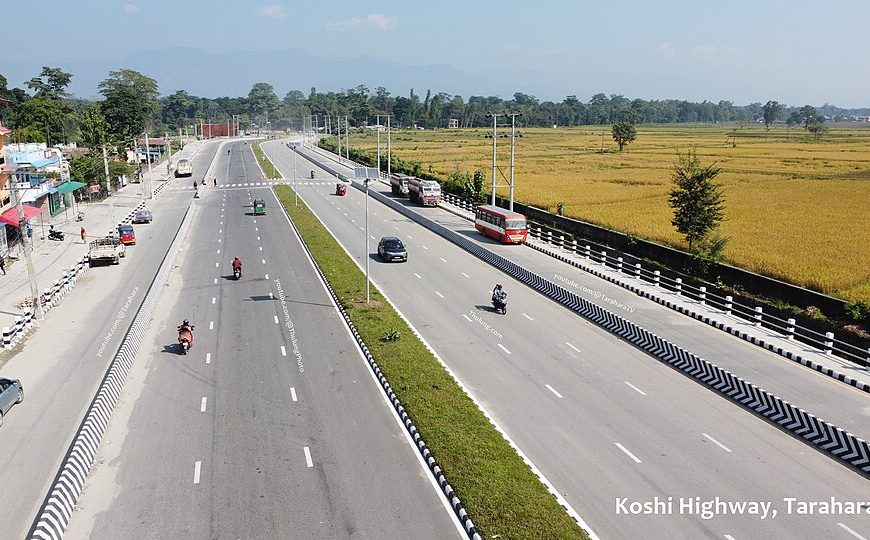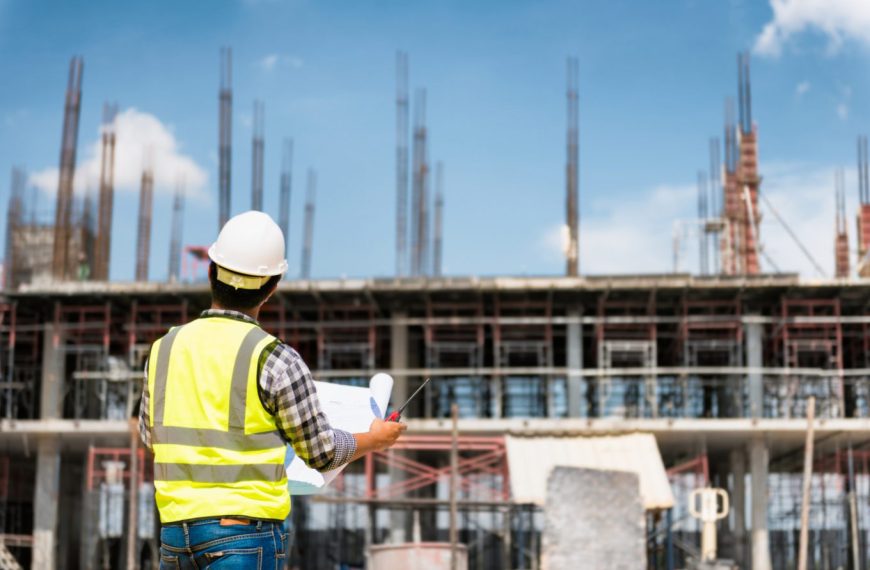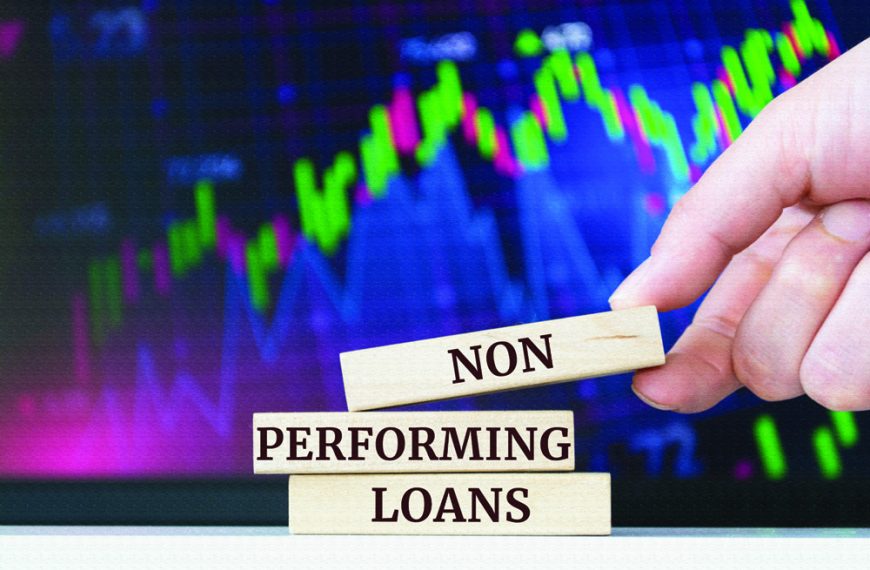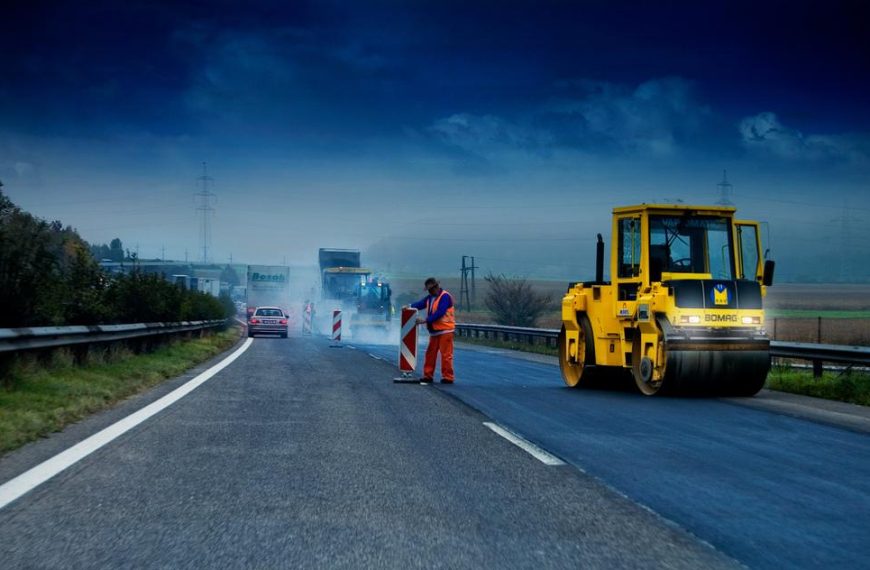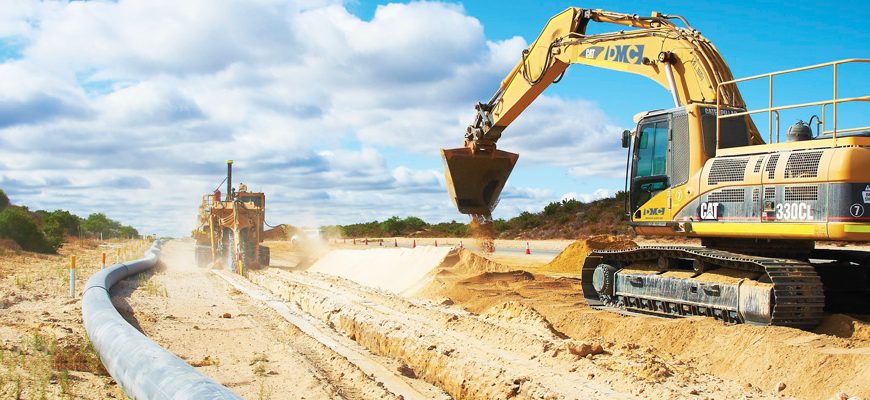Nepal’s real estate and housing sector is witnessing a steady transformation, driven by urban expansion, changing lifestyle needs, and evolving construction practices. Whether it’s high-rise apartments in Kathmandu or planned housing in Pokhara and Chitwan, real estate activity in 2025 is picking up momentum with a renewed focus on quality, sustainability, and affordability.
1. Growing Demand for Planned Housing & Gated Communities
The demand for organized housing projects and gated communities is on the rise in urban and semi-urban areas. Buyers are prioritizing:
- Earthquake-resistant design
- Security features
- On-site amenities (parking, parks, community halls)
- Easy access to roads, schools, and hospitals
Hotspots in 2025:
- Kathmandu Valley: Kirtipur, Bhaktapur, Tokha, Budhanilkantha
- Pokhara & Chitwan: Increasing demand for luxury housing and eco-friendly homes
- Butwal & Itahari: Emerging middle-income residential hubs
Construction note: Developers are increasingly using RCC frame structures, precast elements, and modular techniques to reduce build time and improve durability.
2. Vertical Living: Rise of Apartment Complexes
Due to limited urban space, apartment buildings are becoming a popular solution in cities like Kathmandu, Lalitpur, and Bhaktapur.
Trends in apartment construction:
- High-rise buildings with lifts and basement parking
- Use of soundproofing materials, fire-rated doors, and smart electrical systems
- Shift toward green building certification (LED lighting, solar backup, rainwater harvesting)
Pre-fab construction is gaining traction for low-rise apartments and duplex units in the Valley.
3. Affordable Housing Projects by Government & NGOs
The government, in collaboration with various NGOs and INGOs, is investing in affordable housing for marginalized communities.
Examples:
- Janata Awas Program: Ongoing projects in Province 2 and Karnali
- Habitat for Humanity Nepal: Promoting eco-friendly and low-cost homes using compressed stabilized earth blocks (CSEB)
- Municipal-level housing grants for families affected by natural disasters
These homes are designed using climate-resilient and low-maintenance construction materials.
4. Real Estate Price Trends
While prices have cooled slightly after the boom of 2022–23, real estate remains a preferred investment in Nepal.
Notable trends:
- Kathmandu Valley: Land prices remain high in core areas, but peripheral areas like Tokha and Chapagaun offer better value
- Pokhara: Lakeside remains premium, while Hemja and Lekhnath see rising development
- Chitwan & Butwal: Affordable land attracting young families and investors
Construction impact: High land prices are pushing developers toward smaller plot designs and multi-unit buildings to maintain profitability.
5. New Real Estate Regulations & Construction Standards
To better regulate urban growth and ensure construction safety, several new guidelines have been introduced in 2025:
Key changes:
- Mandatory building permits through digital e-BPS (Building Permit System) in major cities
- Updated National Building Code (NBC) to enforce earthquake resistance for buildings over 3 stories
- Regulation on setbacks, FAR (Floor Area Ratio), and green space in new housing layouts
- Stringent checks on soil testing and foundation design in residential buildings
Result: Better compliance, safer construction, and accountability in urban housing.
6. Green & Smart Housing Innovations
Homebuyers and builders are increasingly embracing eco-friendly construction:
- Solar panel installations becoming standard in new builds
- Rainwater harvesting tanks required in Kathmandu Valley by municipal law
- Smart home features like digital locks, CCTV, and app-based lighting systems gaining popularity
Builders are also using AAC blocks, low-VOC paints, and insulated roofing panels to create more energy-efficient homes.
Conclusion
Nepal’s real estate and housing sector is more dynamic than ever. The combination of modern construction technology, consumer awareness, and supportive regulations is leading the way for smarter, safer, and more sustainable homes.
Whether you’re a buyer, builder, or investor, staying updated on construction trends and policies is key to making informed decisions in 2025’s evolving property market.


